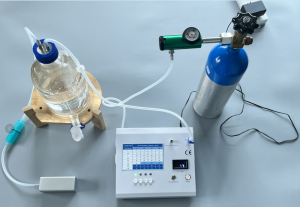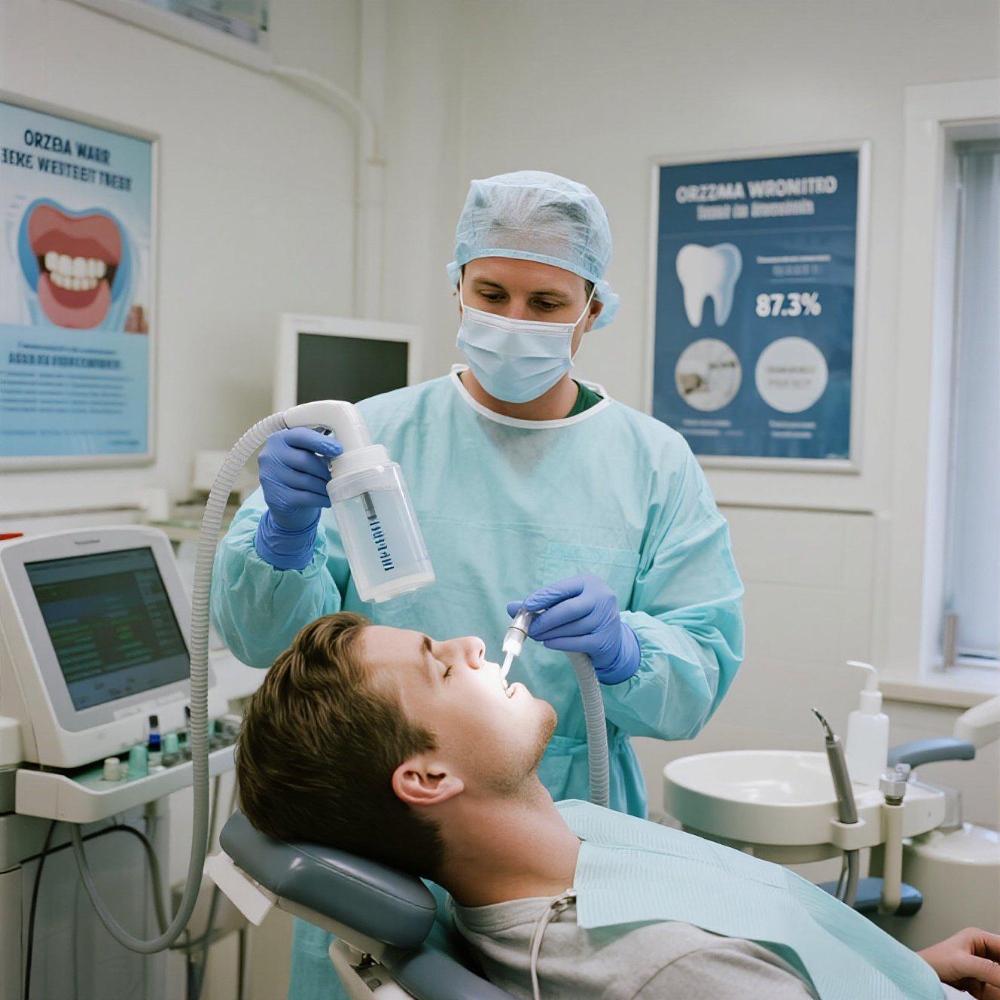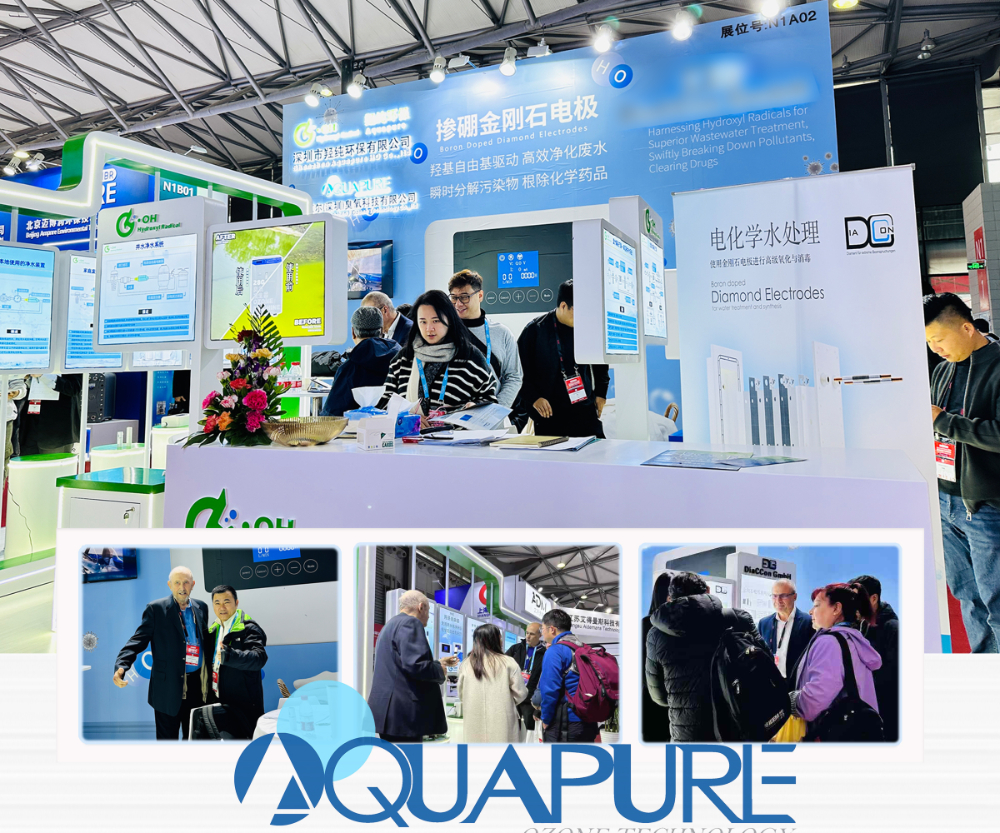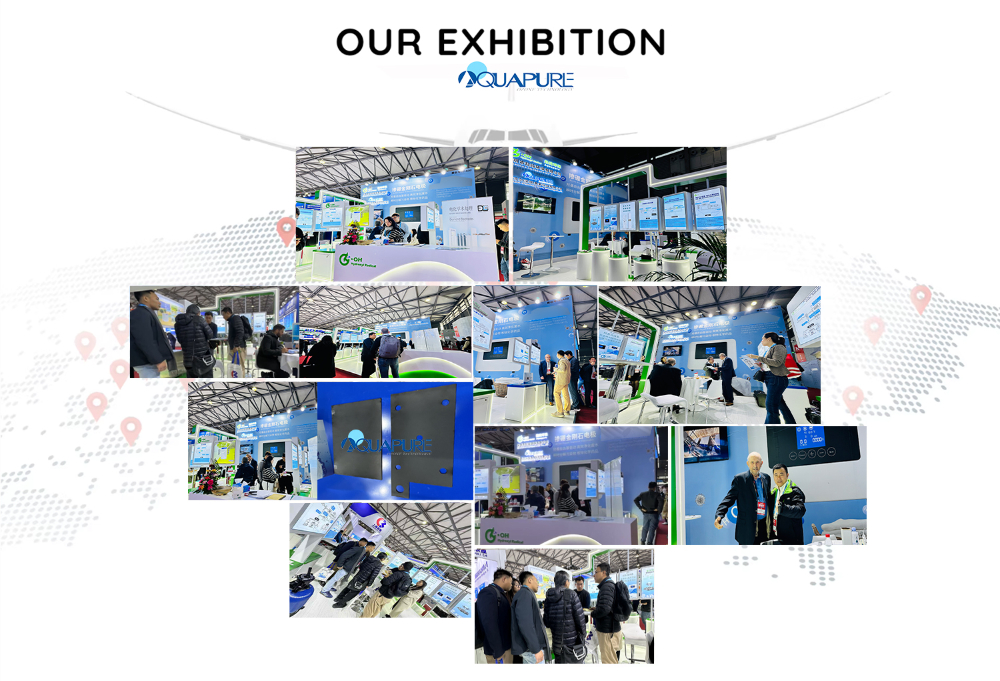
Ozonated Water for Health Care
Ozonated Water for Health Care
Ozone water, also called ozonated dissolved water, is a solution formed by dissolving ozone (O₃) in water. In recent years, ozone water has received widespread attention in the fields of medical treatment. Is it really that magical? Is it safe? In this Article, we will comprehensively summarize Ozone water benefits and function in Medical and Health Care
1.1 Revolutionary Advances in Ozone Dental Oral Treatment
In dentistry, ozonated water is sparking a quiet revolution. A clinical study conducted by the Tokyo Medical and Dental University 2022 in Japan showed that oral rinsing using ozone water at a concentration of 2 ppm reduced periodontitis-causing bacteria by 87.3%, which is significantly better than traditional mouthwash. What’s even more exciting is that this treatment is completely painless, making it particularly suitable for children and dental phobics. In root canal treatment, ozonated water demonstrates a unique advantage. While traditional treatment requires multiple visits, ozonated water-assisted treatment can increase the success rate to 92% while reducing antibiotic use. A team of researchers at University College London in the UK have even developed a micro-ozone water jetting device that can precisely remove bacterial biofilm from the pulp chamber.

1.2 New Hope for Chronic Wound Care
For difficult-to-heal wounds such as diabetic foot ulcers, ozonated water offers a new therapeutic ray of hope. Clinical trials at the University of Rome School of Medicine, Italy, showed that the use of 4ppm ozone water rinse combined with dressing treatment, wound healing rate reached 78% within 6 weeks, while the control group was only 45%. Its mechanism of action lies in:
Selectively kill drug-resistant Staphylococcus aureus
Stimulate the proliferation of fibroblasts
Promote vascular neovascularization
In China, the General Hospital of the People’s Liberation Army has carried out a clinical study on the treatment of burns with ozonated water, and the preliminary data show that it can effectively prevent infections and accelerate the repair of wounds.
1.3 Innovative treatment for gynecological inflammation
The application of ozonated water in gynecology has made breakthrough progress. Research at the Russian State Medical University has confirmed that the cure rate of low-temperature ozone water infusion for bacterial vaginitis is as high as 91.5% and does not disrupt the balance of normal flora. This method is being promoted in several European countries and is expected to replace traditional antibiotic therapy.






